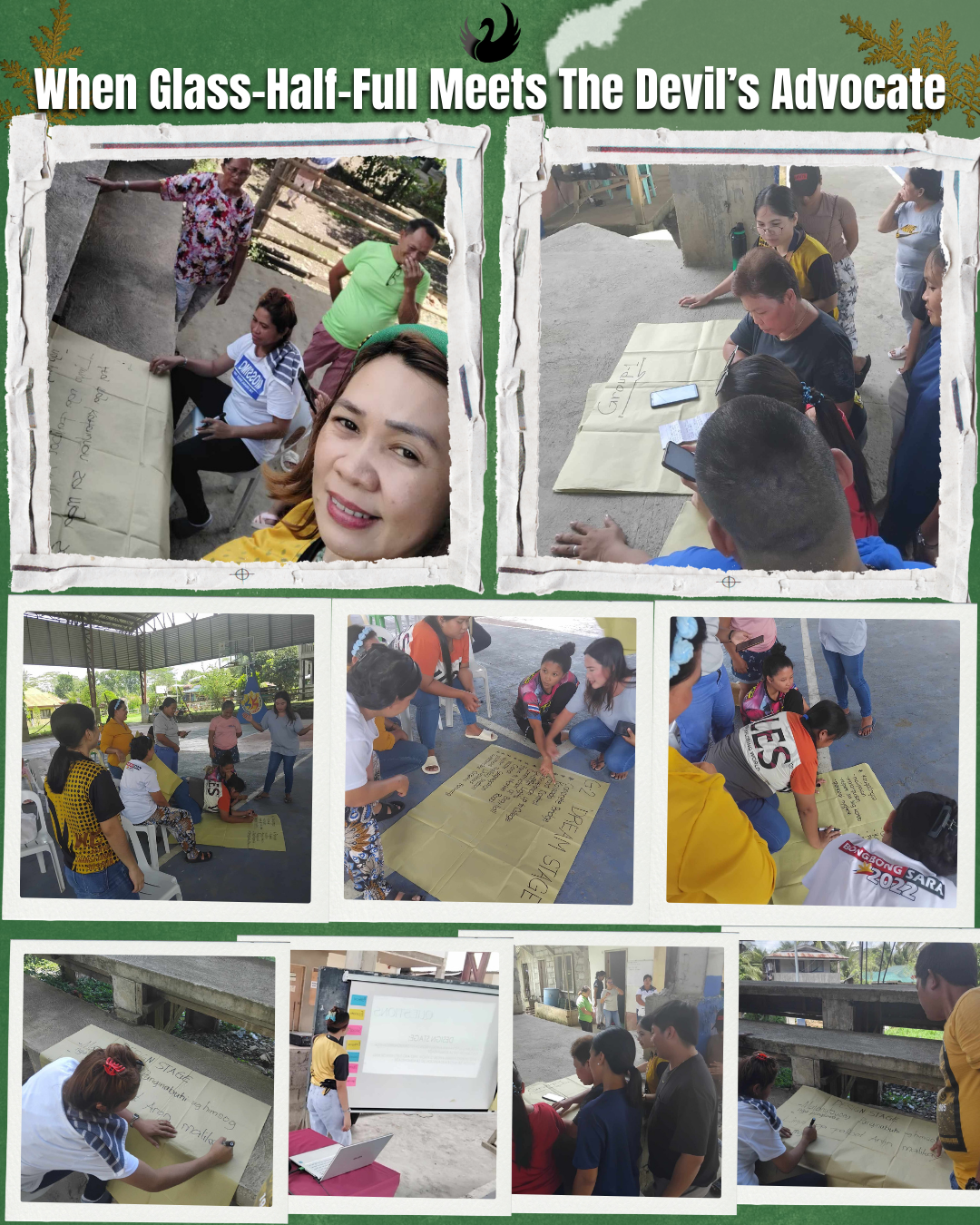In strategic planning, there’s often a quiet battle between the optimists and the realists. The optimists swear by Appreciative Inquiry (AI)—focusing on strengths, successes, and the best of what already exists. The realists (or pessimists, depending on who you ask) lean on SWOT analysis, which politely points out that, yes, we have strengths… but also weaknesses, looming threats, and only a few opportunities if we’re quick.
But what happens when you combine the two? You get a planning powerhouse that’s both inspiring and grounded—and that’s exactly what SEA Inc. uses in its IPAT-SIAD program to turn local visions into actionable community roadmaps.
A Quick Refresher: The Tools in Question
- Appreciative Inquiry (AI) – A method that asks, “What’s working well, and how can we do more of it?” Instead of starting with problems, AI starts with pride, strengths, and dreams.
- SWOT Analysis – A structured framework to map out Strengths, Weaknesses, Opportunities, and Threats—half internal factors (strengths & weaknesses) and half external factors (opportunities & threats).
Both have their merits. AI keeps energy high and morale intact; SWOT keeps feet on the ground and eyes on potential pitfalls.
Why Combine Them?
Think of it like cooking. AI is your spice rack—it makes things vibrant, flavorful, and inspiring. SWOT is your recipe—it ensures you don’t burn the dish or forget the main ingredient. Use only one, and you risk ending up with bland or unrealistic plans.
When merged, AI and SWOT:
- Start Positive, Stay Practical – AI first builds confidence by spotlighting community strengths and past successes, making people more open to discussing weaknesses and threats without getting defensive.
- Turn Weaknesses into Aspirations – Weaknesses identified in SWOT can be reframed through AI as areas of potential growth, not shame.
- Spot Hidden Opportunities in Success Stories – AI reveals success patterns that SWOT can then align with external opportunities.
- Design Resilient Strategies – Appreciating strengths is good, but knowing the threats makes those strengths even more valuable in planning defense and adaptation.
How SEA Inc. Uses the Combo in IPAT-SIAD
In the Integrated Participatory Accountability Transparency towards Sustainable Integrated Area Development program, SEA Inc. doesn’t just ask communities, “What’s wrong?” or “What’s great?”—it asks both, in a structured, empowering way.
A typical process might look like this:
- Phase 1: Appreciative Inquiry Sessions – Barangay leaders, farmers, fisherfolk, youth, and elders share stories of local triumphs—how they solved water shortages, grew successful crops, or preserved traditions. These narratives reveal community assets: strong leadership, cooperative spirit, fertile land, cultural pride.
- Phase 2: SWOT Mapping – With optimism still fresh, facilitators help the community list strengths (fertile soil), weaknesses (lack of irrigation), opportunities (new eco-tourism interest), and threats (climate change, market volatility).
- Phase 3: Integrated Action Plan – The strengths from AI feed directly into the “Strengths” of SWOT, opportunities are linked to proven success stories, and weaknesses/threats are reframed as challenges that can be tackled using the community’s proven assets.
The result? A plan that is as hopeful as it is realistic—grounded in local pride, but ready for real-world risks.
Opinion: The Marriage We Need in Development Work
Some planners treat optimism and caution like oil and water. But in reality, they mix beautifully—if you shake the bottle hard enough. Appreciative Inquiry ensures the community sees itself as a hero in its own story, while SWOT makes sure the script isn’t fantasy.
In IPAT-SIAD, this combination works because rural and urban communities alike need both motivation to act and a map of the terrain ahead. Without AI, planning sessions risk becoming complaint marathons. Without SWOT, they risk becoming overconfident daydreams. Together, they create resilient, actionable, and people-owned strategies.
Development isn’t about choosing between rose-colored glasses or binoculars. It’s about having both—seeing the beauty in what’s close, while scanning the horizon for storms. By blending Appreciative Inquiry with SWOT, SEA Inc. ensures that every IPAT-SIAD plan is rooted in pride, sharpened by reality, and driven by the people it’s meant to serve.
Because the best strategies don’t just look good on paper—they work, endure, and inspire.





Leave a Reply